Diagnostic imaging is in the midst of significant changes as medical practices are becoming increasingly reliant on digital imaging techniques. To meet these demands, Medical Imaging Units (MIU) need to be designed with technical development in mind on top of the prioritisation of the patient journey.
Along with technology for ultrasounds, mammography, diagnostic screening and CT-scans, MRI (Magnetic Resonance Imaging) is an integral part of the MIU and it is therefore crucial for architects and interior designers to understand the functions and impact of this technology to create spaces that maximise efficiency and set patients at ease in potentially high-stress environments.
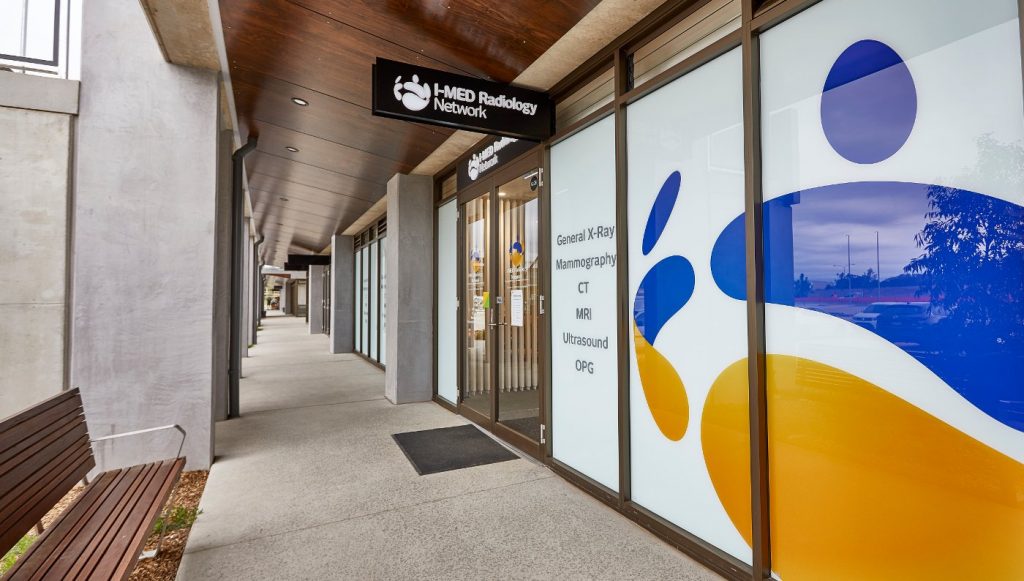
In this article, we take a look at the key factors playing a role in the design process for MIU’s, zooming in on efficient spatial planning, the patient journey and designing with the future in mind.
Understanding MRIs
MRI is used in radiology to generate images of the body’s internal organs through the use of strong magnetic fields, magnetic field gradients and radio waves. This imaging technology places the body in an intense standing magnetic field and realigns the spinal axes for chemical species present in the tissue.
For MRI to serve its goal, it is vital for the patient on the receiving end of the scan to be extremely well protected against other radio signals that might interfere with that of the MRI machine. All MRI systems need to be enclosed by a Faraday cage (also known as an RF cage), which is electrically connected to earth and ensures any unwanted signals are blocked. Designing and building MRI rooms have been met with greater challenges in recent years as the gradient coils incorporated by MRI machines have become more powerful and require higher standard engineering elements to accommodate the equipment.
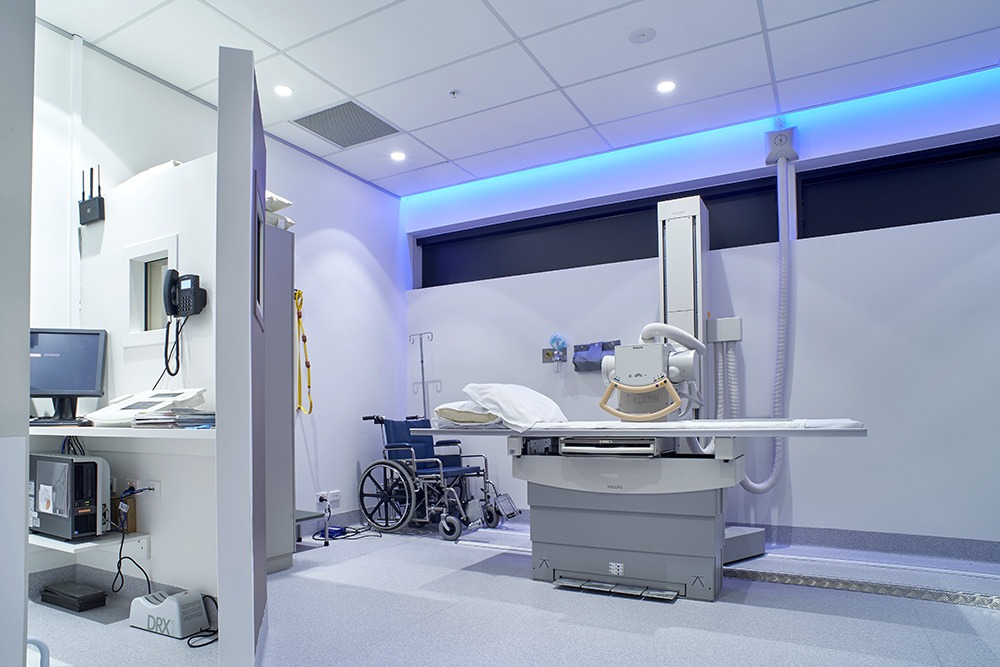
1. Spatial Planning
The general MIU is an area of the hospitality where radiology and diagnostic investigations are homed. The unit may also include technology and services for ultrasounds, mammography, CT-scans, MRIs and diagnostic screening. Designing MIU’s is a strategic process where each speciality included in the facility needs to be considered to create a model that serves the patient journey and ensures maximum efficiency for staff.
Ideally, the unit would be located on the ground floor of an institution and offer direct access to the Emergency Unit. However, the real estate asset may not always allow you to locate this modality on the ground floor of a medical institute. Technology on the design of the cages has improved dramatically over the years, reducing the impact on its surroundings and enhancing flexibility to be used at upper levels. The key with the location of the MRI is to make sure that you have done a detailed Due Diligence report understanding the capacity of the building to support the equipment with their current structure, base building services provision and location.
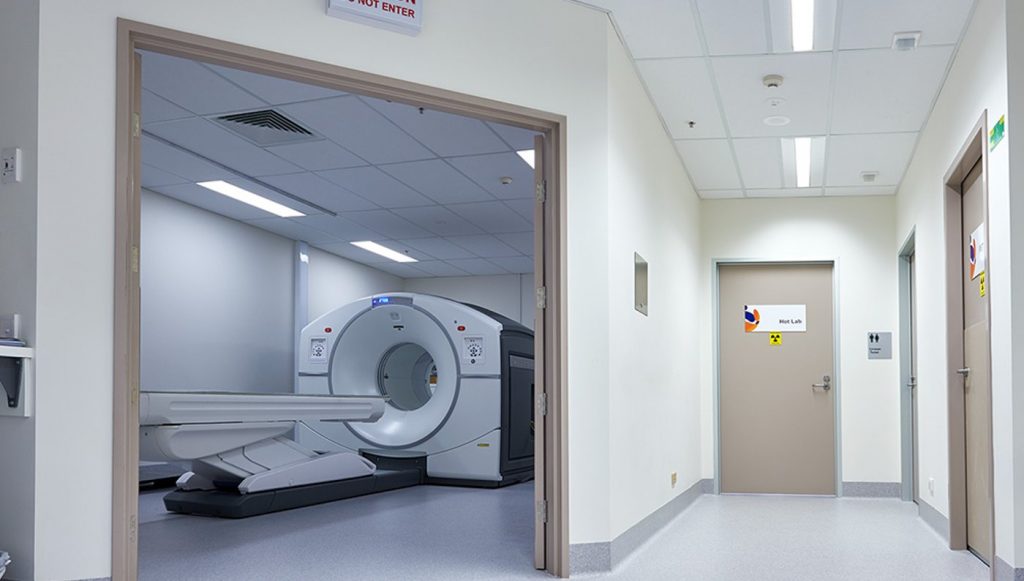
2. Patient Journey
From a patient’s perspective, a hospital’s diagnostic imaging and interventional radiology can be rather daunting due to its complicated and tech-focused nature. To ease patients’ nerves and alleviate the stress that accompanies these experiences, the ‘customer journey’ is an important consideration in the design of medical spaces. For example, the loud repetitive hammering associated with MRIs can be rather unsettling to patients, so this is one aspect of the machine design which manufacturers are working on to improve patients’ experience with this medical service.
On the environmental design end, however, the space should facilitate a calming environment where patients can trust in the expertise of their carers and know that their health and wellbeing is a top priority. Easy access to the modalities, as well as a relaxing atmosphere reducing patients’ anxiety, can be easily implemented in the design of your imaging clinic by introducing calming finishes and clear signage throughout the space. Throughout the medical journey, it is key to maintain privacy and a sense of security to patients to ensure their experience is stress-free.
The imaging unit at the Peninsula Private Hospital is an excellent example of a MIU that prioritises the patient journey. Space for Health worked on this fit-out (including CT Rooms, Ultrasounds, Mammography, Nuclear Medicine, Bone Densitometry, Dental Imaging and OPG and MRI), creating a state-of-the-art facility with a focus on the local community and a patient-centric care model.
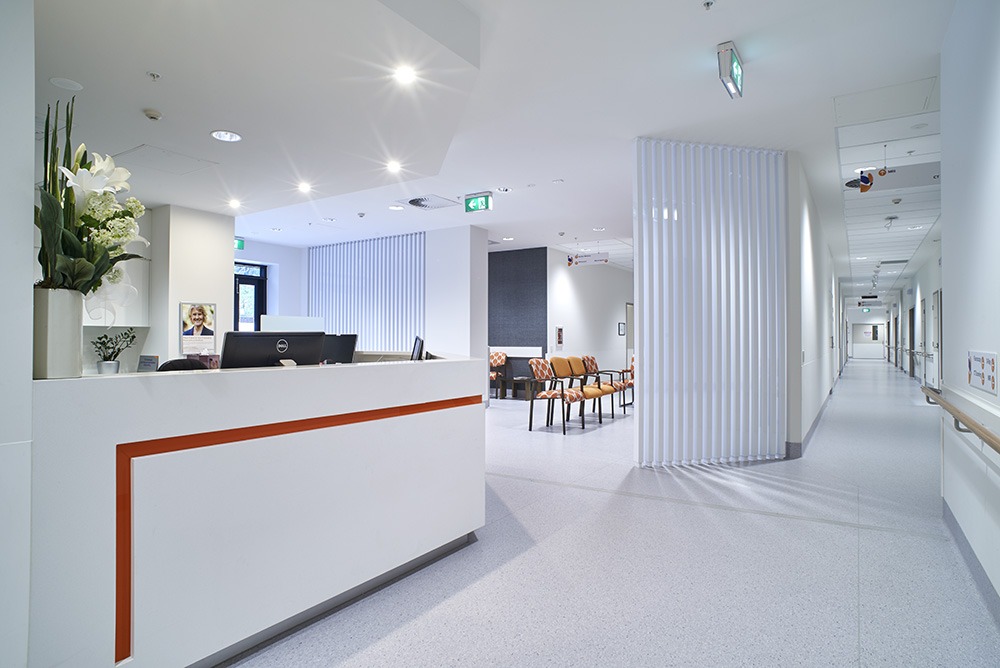
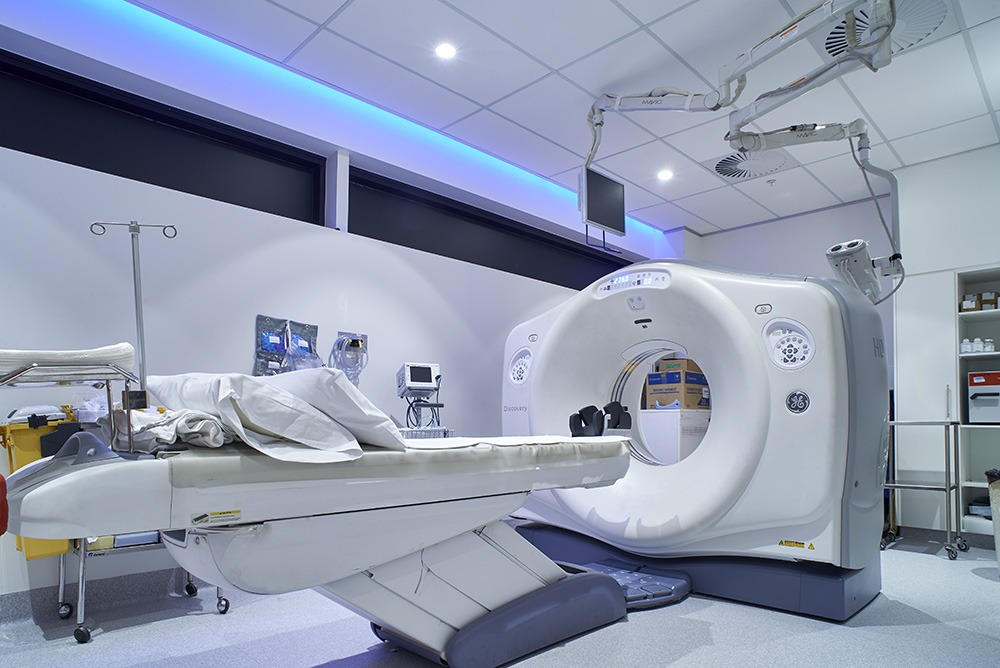
3. Future-Proofing
The evolution of imaging technology is an extremely interesting and necessary component of the improvement of medical care on a global scale. In terms of MRI technology, medical engineers are working on the enhancement of the quality and accuracy of anatomic imaging to capture a wider range of physiological, molecular and metabolic functions of the body, meaning that MRI machines will not only scan anatomy but also allow medical professionals to investigate how molecules are behaving. This paves the way for physicians to better monitor and treat cancer patients and requires medical spaces to be designed FUTURE-PROOF to accommodate new equipment and methods.
During the I-Med Radiology Speciality project, upgrades to Calvary Hospital’s imaging services were staged in multiple facets due to the requirements to keep the MRIs functional at all times and avoid disruption to the hospital. Two MRIs had to be delivered by removing part of the façade of the building and craning the equipment through a limited area. The Space for Health team spent over a year developing the design concept for this imaging unit to ensure results that accommodate future adjustments to the space without compromising on efficient workflow.
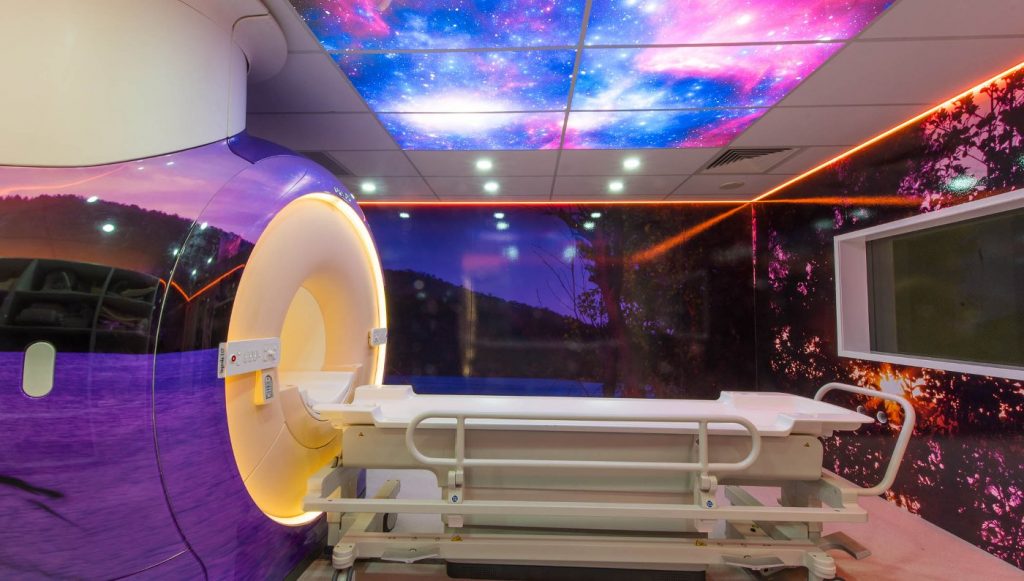
Space for Health is a professional team of health planners, architects, interior designers and project managers, specialising in healthcare design and construction across Australia. Our portfolio includes over 200 projects in the design and build of day hospitals, MIUs and other specialist medical units, as well as new medical builds. Contact us today to connect with our expert in-house creators and strategists on your next medical construction project.



